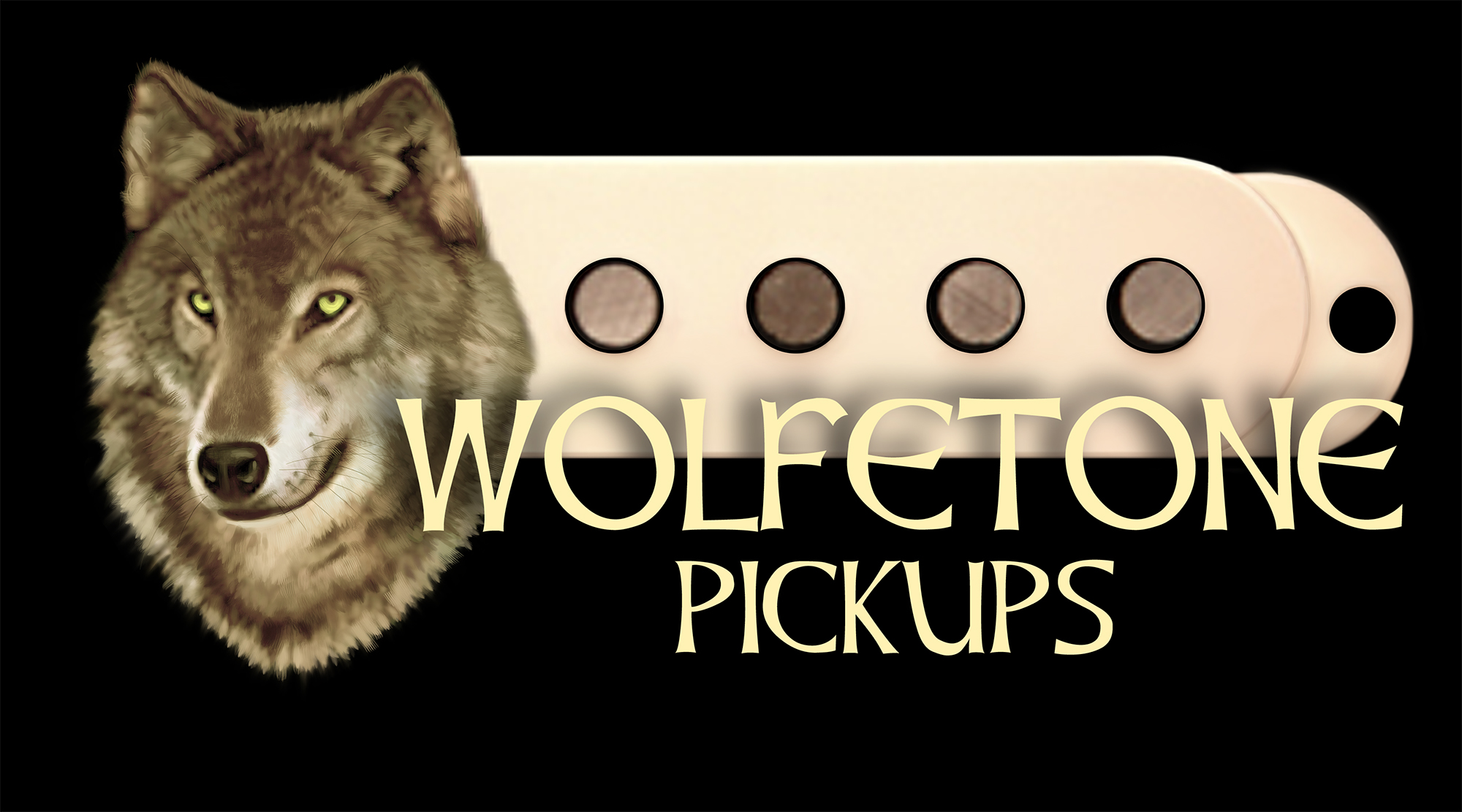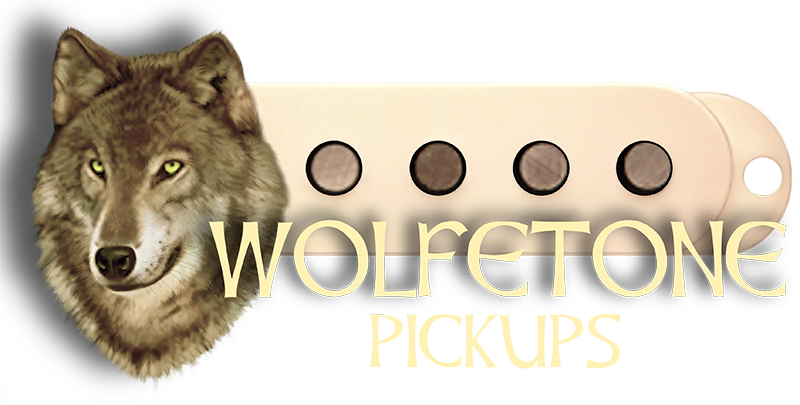
WolfeTone Pickups first saw the light of day early in 1995 when I was doing small pickup repairs, and got its real start in 1996 while I was employed at Warmoth Guitar Products. While at Warmoth, my interest became an obsession. I fervently searched for parts suppliers, only to fall short, so I stuck to rewinds and repairs. Brett Faust, Warmoth’s fret-man and an ex-Fender custom shop employee named my pickups “WolfeTone”.
During that period I met Lynn Collins, a local pickup maker and luthier. Lynn shared some information he had learned, such as why pickups sound the way they do, and what different magnets sound like.
Leaving Warmoth, I went to Tacoma Guitars in Tacoma, Washington. My stay there was short, and I moved on to head up production procedures at Stump Preacher Guitars. At the time I joined Stump Preacher, I was the only truly guitar orientated person on the production crew. There were only two of us, and the other fellow was a welder by trade.
I developed a casual phone-relation with Jeff Lace, of Lace Sensor. Jeff taught me how to keep tension on the wire without it breaking, and gave useful hints along the way that I never would have thought of on my own.
Along came Mark Arnquist, formerly of Rickenbacker and American Music in Seattle, Washington. Mark took over my position at Stump Preacher. However, he gave me my first big boost into the pickup scene when he gave me a spool of wire, and 27 years worth of old, dead, broken pickups that he had collected through the years and said “Here, wind these…” I did…and Mark was happy.
So, WolfeTone was born. I frantically searched for supplies and found few. I approached music stores in and around Seattle looking for rewind work, finding a few that were willing to give me the chance to prove myself. I did…and they were happy.
I eventually approached Mike Soldano of Soldano Amplification in hopes that he would lend his scrutinizing ear towards my pickups. Mike played my Fender Strat loaded with three single coils (rewinds of Fenders), noting their exceptional quietness in his shop (surrounded by fluorescent light and power transformers) and he loved the tone, stating that it “Sounds like a good Strat should.” Mike gave me my first big boost of confidence in my abilities as a pickup maker.
So, with that nudge, I set about rewinding pickups in my basement full time, struggling with the lack of parts suppliers, devoting almost every waking hour to it.
I’ve spent a great deal of time researching the “black art” of winding pickups and coupled that with what I had learned from Lynn Collins and Jeff Lace. Eventually I met Jason Lollar, a luthier and pickup maker in Seattle. Jason had built a machine to wind his pickups automatically, and I thought I would check it out. We met at his shop, exchanged ideas about pickup winding techniques, parts suppliers, and the likes. I shared my knowledge with Jason, he shared his with me. I thought his machine was a work of pure genius, but felt that hand-winding would be easier for me to grasp, as I just wasn’t technically inclined enough to build it.
Shortly after I met Jason, I moved out of the Seattle area to a small town in Virginia, where I met the woman who would become my wife. She was just the inspiration I needed to take Wolfetone to new heights, supporting my efforts, to which I owe a great debt of gratitude. After a year, we moved back to Seattle….
Where WolfeTone will go from here, I can’t say. What a long, strange trip it’s been.
– Wolfe Macleod
